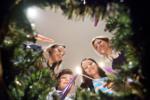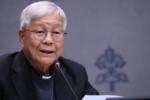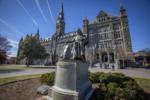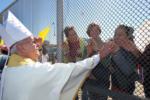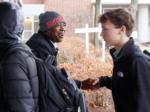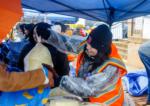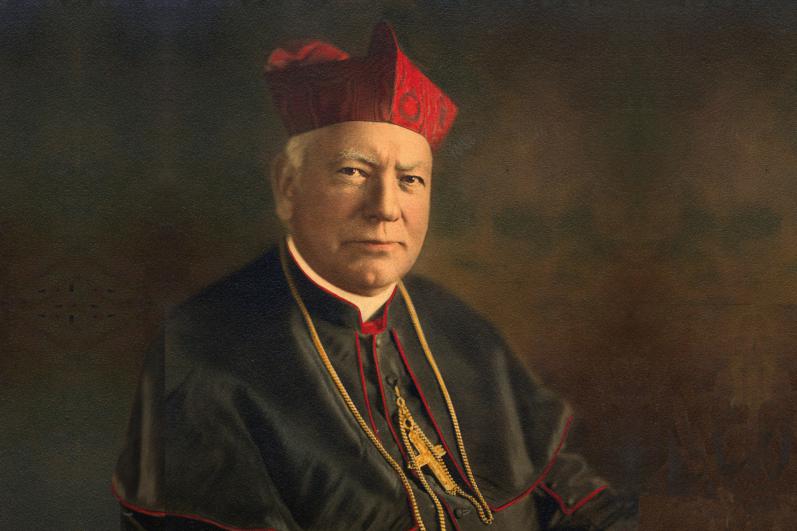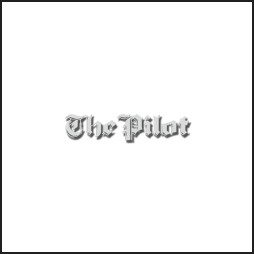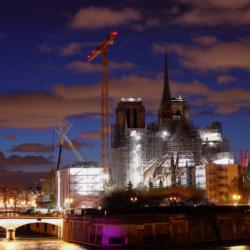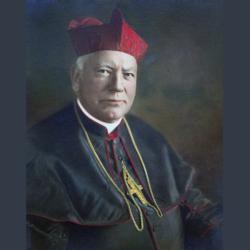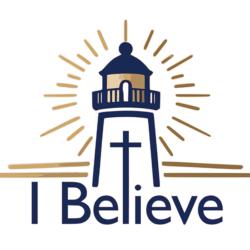Cardinal O'Connell's 1924 pilgrimage to the Holy Land
On Wednesday, March 26, 1924, a delegation of priests and laymen from the Archdiocese of Boston traveled to New York City, where they awaited the arrival of the Cunard Line ship Franconia the next morning. On board was Cardinal William O'Connell, returning from fulfilling his dream of a pilgrimage to the Holy Land and an "ad limina" visit in Rome.
On Jan. 6, 1924, there was not an empty seat in the Cathedral of the Holy Cross in Boston as Cardinal O'Connell bade farewell to his flock. Addressing those in the pews, he stated in his unapologetic way that the Archdiocese of Boston was among the premier dioceses in the world, and while it had progressed a great deal there was still more work to be done.
Having passed 16 years as the Archbishop of Boston the previous August, he made clear that time was needed to reflect on that time while also planning for the next phase of his tenure. The work to be done "needs planning and reflection; it needs time for thinking and reflection," he shared. "It is my wish by consideration and reflection to mature the other plans I have, and that is what I purpose doing on my way to the Holy Land. I shall then, having those plans on Calvary, ask God to approve of and bless them; later, proceeding to Rome, I shall lay them before the Holy Father," he continued.
On a personal level, he had just completed transcribing from the original Italian "The Passion of Our Lord" by Cardinal Gaetano De Lai of Sabina, which left him with the desire to see Jerusalem and its sacred sites with his own eyes. He continually referred to himself, as did the press, as a "humble pilgrim" on a personal and spiritual journey to the Holy Land rather than a prelate on an official visit.
After his farewell at the cathedral, he proceeded to New York, where on Jan. 14 he boarded the Canadian Pacific Line's Empress of Scotland, accompanied by his secretary Msgr. Richard J. Haberlin, Msgr. Michael J. Splaine, and Joseph Toye and David P. Shea of the Boston Traveler and Boston Post, respectively.
The ship made many stops along the way, including Madeira, Seville, Cadiz, Gibraltar, Algiers, Tunis, and Alexandria. At this last stop, he disembarked and spoke to the students at the College of Alexandria, receiving an ovation from the collective and then remaining to speak with them individually before returning to the ship, where he was presented with a basket of Egyptian roses as a token of appreciation for his visit.
From Alexandria, he then proceeded to Cairo, Carthage, and finally to Haifa in British-ruled Palestine, where he was greeted by the Latin Patriarchate of Jerusalem, Bishop Luigi Barlassina, who by authority of Pope Pius XI conferred upon Cardinal O'Connell the Great Cross of the Holy Sepulchre while noting that it was the first time the American flag was flown over the Patriarchate and the first time an American cardinal had visited the Holy Land.
Cardinal O'Connell's tour of the Holy Land included many powerful moments, including celebrating Mass at the Church of the Annunciation at Nazareth, built at the spot where the Angel Gabriel appeared to the Virgin Mary announcing she would give birth to Jesus. He also recalled standing on a cliff overlooking the Sea of Galilee and the City of Tiberias, visiting Capernaum, where Jesus taught in a synagogue and performed several healing miracles, and Cana, where he performed his first miracle. In Jerusalem and its environs, he climbed Mount Scopus, knelt at Calvary where Jesus was crucified, and was granted the special privilege of visiting the mosque, which stood over King David's tomb.
As he prepared to depart for Rome, he stated, "I leave the Holy Land with heart and soul filled with gratitude to God for allowing me the privilege of kneeling at these holiest of shrines where the Word was made Flesh and dwelt amongst us, and where the Son of God was lifted up that He might draw all mankind to Him."
From Palestine, Cardinal O'Connell and his party proceeded via Constantinople (now Istanbul), Athens, and Naples to his final destination, Rome, for an "ad limina" visit. The visit is one which takes place at regular intervals and requires diocesan bishops or a designated representative to have a personal audience with the Holy Father and submit a written report on their diocese, among other obligations.
Within a few days of arriving, he had his audience with Pope Pius XI, whom he had met once before in 1922, shortly after the conclave that elected him Roman Pontiff. The Holy Father showed great interest in the cardinal's pilgrimage and gave a special blessing to the people of the Archdiocese of Boston.
Cardinal O'Connell stayed as a guest of the rector of the North American College, a position he had held from 1895-1901, and used the remainder of his 10-day stay to catch up with the American and Roman friends with whom he had become acquainted in years past. Among his distinguished guests, The Pilot reported, were Prince Bernhard Von Bulow, former chancellor of the German Empire, and his wife, and Lady Isabella Howard, wife of Sir Esme Howard, British ambassador to the U.S.
On Sunday, March 9, he celebrated Mass at St. Susanna Church, across from the U.S. Embassy and where many of the English-speaking Catholics in the city attended. He started his return journey home on March 13, looking ahead to the future: "I am leaving now for the hard and fruitful work of my own diocese, among my own beloved priests and faithful people, and I shall be happy when once again we have touched the shore of America."
- Thomas Lester is the archivist of the Archdiocese of Boston.



